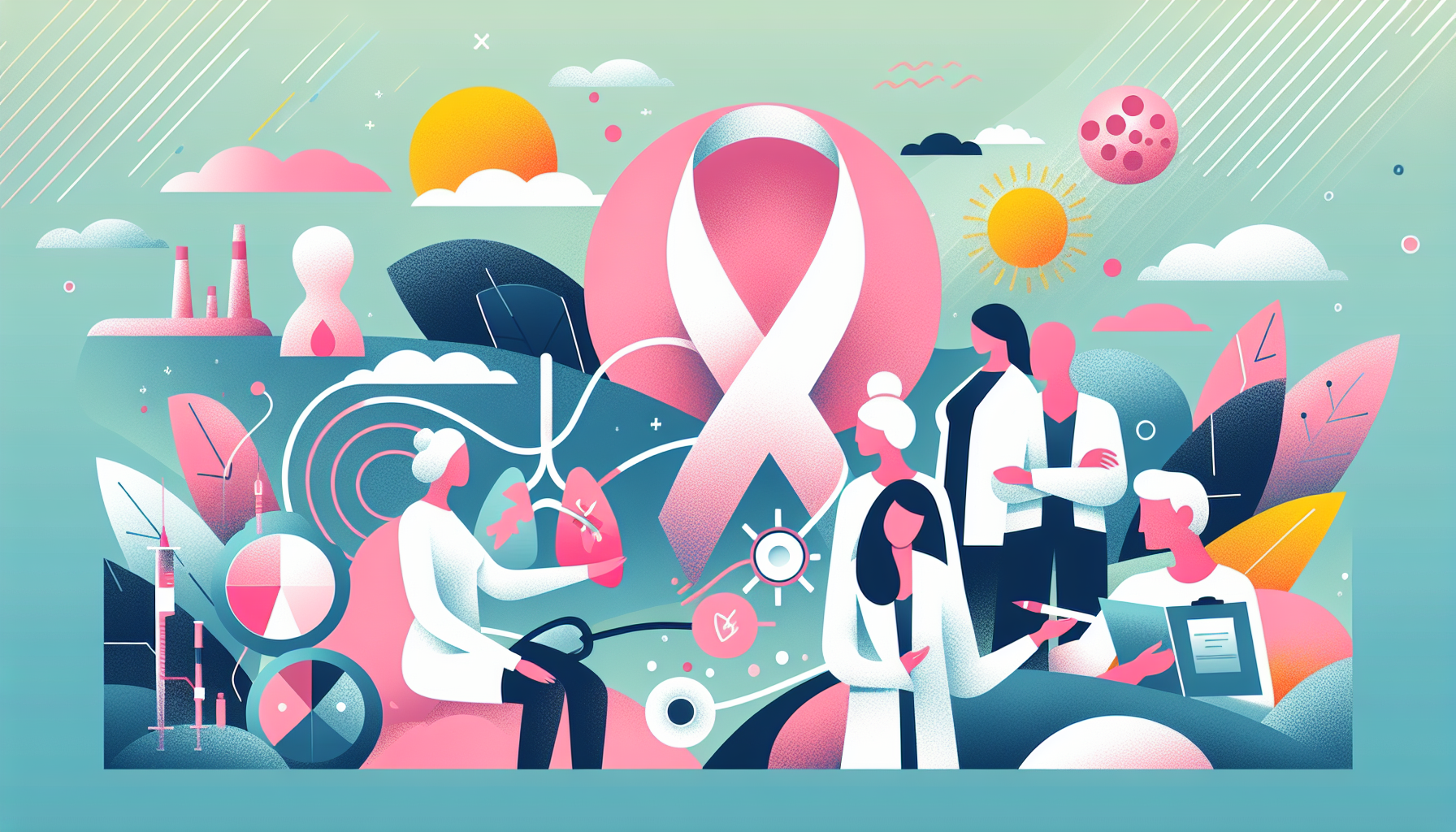Utah Becomes the First State to Let AI Handle Prescription Refills
Utah just made history: it's the first US state to let an AI system renew prescriptions on its own. The program covers people who are already taking medications for [...]
Read MoreIf you or a loved one has been diagnosed with breast cancer, it's essential to understand the various treatment options available. With advancements in medical research, there are now more choices than ever before. This guide will help you navigate the different types of breast cancer treatments and provide tips for managing side effects and maintaining quality of life during your journey.
The two main goals of breast cancer treatment are:
To remove as much of the cancer as possible, ideally eliminating it entirely
To prevent the disease from returning
Your doctor will consider several factors when recommending a treatment plan, including the type and stage of your breast cancer, the presence of specific receptors or genetic mutations, your age, menopausal status, and overall health.
Local treatments target the cancer within the breast and nearby tissues:
Surgery: Lumpectomy (partial mastectomy) removes only the cancerous part of the breast, while mastectomy removes the entire breast.
Radiation therapy: High-energy waves are used to kill cancer cells. It is often used after lumpectomy or if the cancer has spread.
Systemic treatments target cancer cells throughout the body:
Chemotherapy: Drugs are used to kill cancer cells, either through pills or intravenous infusion.
Hormone therapy: Medications like tamoxifen, aromatase inhibitors, and fulvestrant prevent hormones from fueling the growth of hormone-receptor-positive breast cancer cells.
Targeted therapy: Drugs like trastuzumab, pertuzumab, and lapatinib target specific proteins or pathways involved in the growth of breast cancer cells.
Immunotherapy: Medications like pembrolizumab help the body's immune system recognize and attack cancer cells.

Breast cancer treatments can cause various side effects, such as fatigue, hair loss, nausea, and skin changes. Here are some tips for managing common side effects:
Use cooling caps to reduce hair loss during chemotherapy
Wear loose-fitting, natural fabrics to minimize skin irritation
Eat a balanced diet and engage in moderate exercise to maintain a healthy weight and energy levels
Seek support from loved ones, support groups, or mental health professionals to cope with emotional challenges
Remember, most side effects are temporary and will subside after treatment ends. Your healthcare team can provide additional guidance and resources for managing specific side effects.
Complementary and integrative medicine practices can be used alongside standard breast cancer treatments to help manage symptoms, reduce stress, and improve quality of life. Examples include:
Yoga and tai chi
Meditation and guided imagery
Acupuncture
Creative therapies, such as art or music therapy
Massage
Always consult with your doctor before incorporating any complementary therapies into your treatment plan to ensure they are safe and appropriate for your specific situation.
For more information and support, consider the following resources:
Remember, every breast cancer journey is unique. Work closely with your healthcare team to develop a treatment plan that best fits your individual needs and preferences. With the right support and resources, you can navigate this challenging time with strength and resilience.
Modern treatment combines multiple approaches tailored to your cancer's specific characteristics, with survival rates exceeding 90% for early-stage disease when caught promptly. The key is working with an oncology team to create a personalized plan based on tumor biology, stage, and your individual health factors. If you're facing treatment decisions or experiencing concerning symptoms, Doctronic can help connect you with expert guidance quickly.
Utah just made history: it's the first US state to let an AI system renew prescriptions on its own. The program covers people who are already taking medications for [...]
Read MoreUnderstanding Mounjaro and Its UsesMounjaro is a prescription medication commonly prescribed for managing type 2 diabetes. It belongs to a class of drugs that help regulate [...]
Read MoreUnderstanding Hydrocortisone Uses and DosagesHydrocortisone is a versatile medication primarily used to reduce inflammation and suppress the immune system in various [...]
Read More